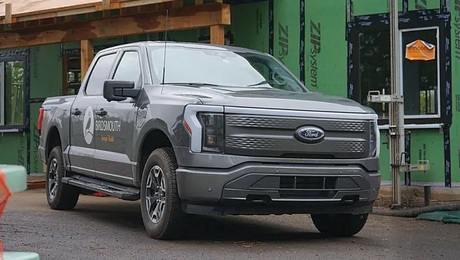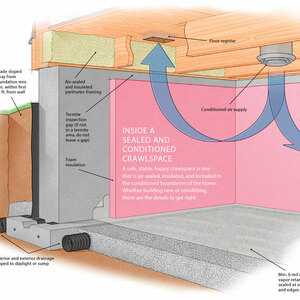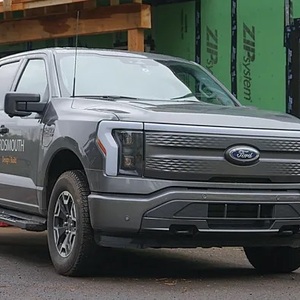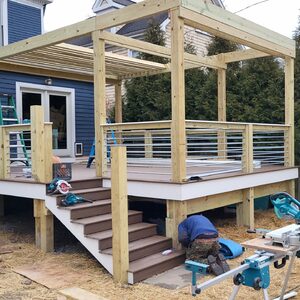Question re ‘Wood Floor That Can Survive Anywhere’ Article
The November 2009 FHB issue contains an article on the installation of wood floors
that can ‘survive anywhere’. The approach outlined suggests a floating subfloor made up of two layers of 1/2 inch or 5/8 inch exposure-1 plywood. My question is how one would deal with plywood that is not perfectly flat (ie cupped or warped) in building this floating subfloor?


















Replies
Jascraft, I'm the editor who worked with Charlie Peterson on the story. I'm going to send this question to him and will hopefully have a response for you shortly.
-Rob
Thank you Rob.
Appreciate that.
No help from Mr. Peterson???????
Rob,
No response from Mr. Peterson regarding my question?
I would certainly appreciate some help with this issue.
From his Book
I haven't heard back from Charlie yet, but I'll post his reply when i receive it. In the meantime, I've copied this excerpt from his latest book under the section "Keep a subfloor flat"
"For wood flooring that requires fasteners 1 1/2-in. or longer the subfloor must be flat within 3/16-in. over 6 ft. This is approximatly the thickness of two quarters and a penny stacked together. Wood flooring installed using shorter fasteners or adhesive rquires a subfloor that is flat within 1/8 in. over 6 ft. (a penny and a nickle).
While there are self levling liquids that set into a solid for filling low spots in wood subfloors, I prefer simply to glue down cedar shims. if the dip is deep enough and wider than a pari of shims laid end to end, I'll use the preferred method of filling the center with a piece of plywood and feather the ends out using shims. Use plywood whenever possible. And sand down high spots with a floor sander and coarse paper."